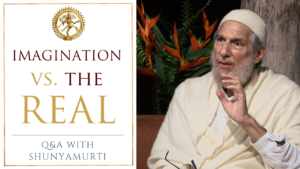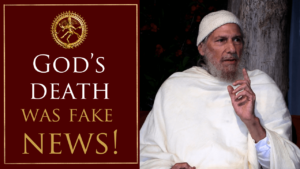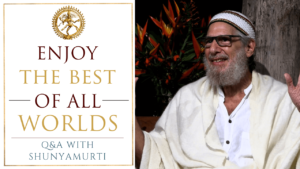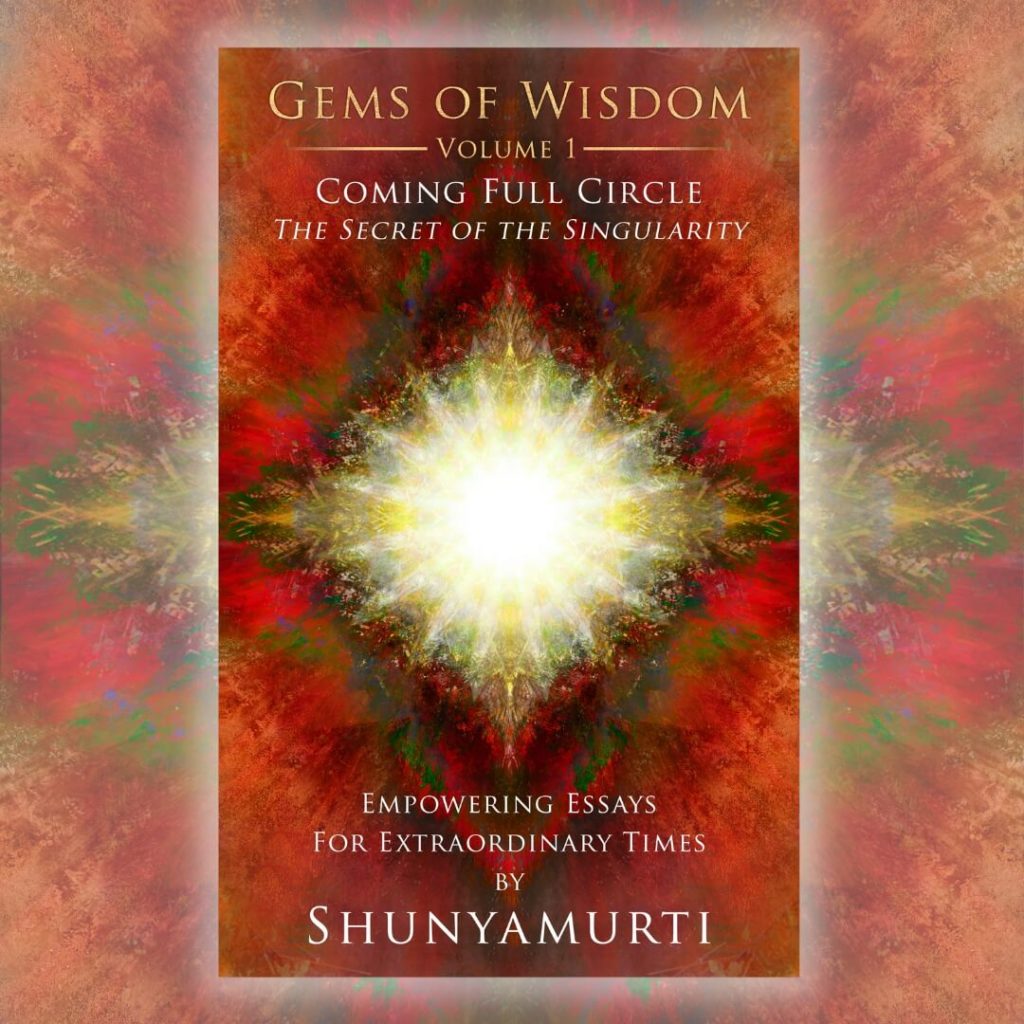From Radha Ma’s inspirational new book, Radha Ma’s Recipes for a New Sat Renaissance, we offer you the autumnal recipe for Cauliflower Chowder.
-
1 cup extra-virgin olive oil
-
4 large onions, peeled and chopped into chunks
-
6 teaspoons pink Himalayan salt
-
2 fennel bulbs (8 ounces / 225 g, weight including fronds)
-
3 shallots or 1 small red onion
-
1 medium-large cauliflower (35 ounces / 1 kg)
-
5 small new potatoes or 1 large potato (11 ounces / 325 g)
-
3 large garlic cloves, peeled and bruised with the back of a knife
-
4 cups filtered water
-
2 tablespoons fresh thyme leaves
-
1⁄2 large celery bunch, using mostly inner ribs and their leaves (11 ounces / 330 g)
-
4 large scallions
-
1 bunch fresh dill
-
3 tablespoons Bragg Liquid Aminos (you can always substitute for lite soy sauce)
-
cracked black pepper, to garnish
In a large soup pot, heat the extra-virgin olive oil over medium-high heat. Add the onion chunks and the pink Himalayan salt and cook, stirring occasionally, until the onion turns soft and translucent.
In the meantime, chop the stems and fronds off of the fennel bulbs (but don’t throw away – they are great for stock). Trim the bottom ends of the fennel bulbs and discard. Chop each bulb into 4 to 6 pieces, rinse well, and throw into the pot with the onions.
Peel the shallots, coarsely chop, and add to the pot.
Next, wash the cauliflower, break up into florets, and add in to the pot.
Wash and peel the new potatoes. Thinly slice, add in to the pot along with the garlic.
Add enough filtered water to just cover the vegetables, about 4 cups, and bring to a boil. Immediately reduce the heat, add the fresh thyme, and simmer until the cauliflower and potato are just soft. Cut the heat, cover the soup, and let cool.
Using a handheld immersion blender, blend the soup until it is half smooth and half slightly chunky, for the chowder effect.
Clean the celery, dice the ribs, and coarsely chop the leaves. Trim the ends off the scallion and dice. Clean the fresh dill and mince. Add the celery, scallion, and dill to the soup, and stir to combine. Add in the Bragg Liquid Aminos. Taste and adjust the seasoning if necessary.
When ready to eat, reheat the soup, and serve with cracked black pepper.
What is a renaissance recipe?
It is the embodiment of joy and the art of celebration. It offers intensity, signifiers of culture, human traditions, of bonding with goodness, with the life drive, with the grace of giving.
Radha Ma is the Gyana Director and head of the teaching faculty at the Sat Yoga Ashram. She is the ashram’s first clinical atmanologist, as well as the ashram Musical Director. She was born in San Francisco and raised into psycho- spiritual adulthood under Shunyamurti’s guidance in her 20s and 30s.
She is currently writing her second cookbook, Tropical Renaissance, for her Costa Rican audience, and is in the process of composing her first opera.









